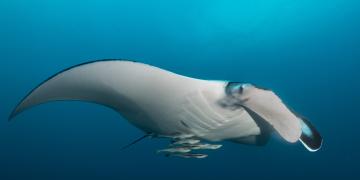1. Establishment of an operational committee with representatives of the Indigenous population, local authorities and other important stakeholders for joint project management
2. Installation of problem-solving platforms, which serve as working groups for conflict resolution and consensus building, especially on land tenure and resource use issues
3. Identification of flexible project implementation mechanisms, which can reflect demands at the local level (e.g., contracting of local employees from the Miskitu population)
